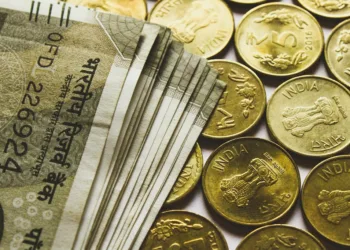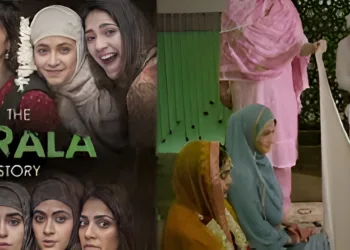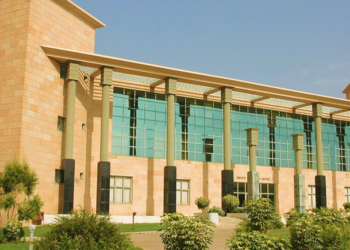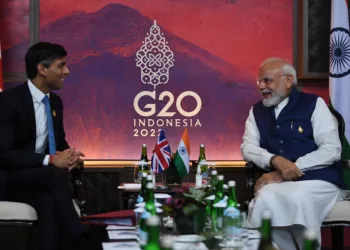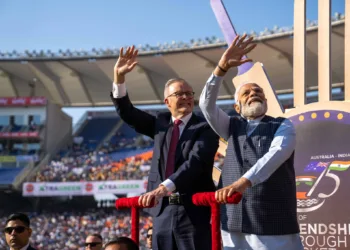Sojourns in iconic cities of Southeast Asia afford glimpses of diverse urban flavours
By Pamposh Dhar
During the course of my life, I have had the great privilege – and the considerable disruption – of living in 10 cities on three continents. Some of this was as a child when I enjoyed the adventure without any of the responsibilities.
But in 1984 I moved as a full-grown adult from Delhi to Kuala Lumpur, Malaysia, to work for the Malaysian news agency Bernama. This was an exciting move for me, the first time I had lived entirely on my own in a country that was completely new to me. Back then – long before the Petronas Towers, among the highest in the world – KL was a laid-back, low-rise, easygoing city, with extremely friendly people. When I visit KL now, I feel I have landed on another planet!
I went back to India in 1986 and worked there till 1993, when I left India again, this time with my husband. That was truly the start of my nomadic life – Delhi to Hong Kong, to Jakarta, to Manila, to Singapore; back to Manila and again to Singapore.
I seem to have come to roost now in Singapore, where I have been for the last 10 years, but I have a sense of being not just in this island nation, but in Southeast Asia as a whole. With travel restrictions in place now because of Covid, I fall back on my memories of the rice fields of Bali (Indonesia), the white sands of Boracay (Philippines) and the rainforests of Sabah (Malaysia).
Aside from the opportunity to visit beautiful places, I treasure all that I have learnt from living in different cultures. In Hong Kong, I learnt not to take things personally. When I first arrived there, I thought the people of Hong Kong hated me because everyone was so impatient and abrasive! Then I noticed they were that way with everyone else as well – people just had no time to waste! Once I stopped being paranoid, I really started to enjoy the fast pace and super efficiency of Hong Kong. Another big plus was the variety of delicious food! I realized “Chinese food” was a generic term that covered quite a number of distinct cuisines and was definitely not restricted to Delhi’s favourite chilli chicken and date pancakes!
It has been sad to read about all the troubles in Hong Kong in recent times, but things were not easy even back then. Hong Kong was still ruled by the UK, but the agreement to hand it over to China in 1997 had already been made – with no attempt to consult the people of Hong Kong. It took me a while to realize the turmoil in people’s lives, and in their minds, caused by this agreement.
While in Hong Kong, I contributed regularly to a Diaspora page that the Economic Times ran in their weekend edition. This gave me access to the fascinating history of the Sindhi and Parsi communities in Hong Kong. Among those I met was a descendant of Dorabjee Naorojee Mithaiwala, the founder of the famous Star Ferry linking Hong Kong island with the mainland in Kowloon. Another interesting man was the late Hari Harilela, a self-made millionaire who as a young boy had delivered newspapers in Shanghai to supplement the meagre family income.
Hong Kong was all about money and glitzy towers. The island skyline, seen from across the waterway, rivalled New York. I think the greatest culture shock I ever suffered came when we moved from this fast-paced and ultra-modern city to super gentle Indonesia! There was no pushing and shoving, no raising of voices, only polite smiles and gentle tones. In Jakarta, people did not like using the word “No” in any context. I remember getting into a taxi and asking the driver if he knew the way to my destination. He said “ye-es” in an uncertain tone, but I heard only the word. When I realized we were passing a particular mosque for the second time, I realized that hesitant “ye-es” had in fact been a polite no!! I quickly learnt to focus more on the tone.
Indonesia was an absolute revelation to me also in terms of inclusive culture. Like most old countries, this one too had been ruled by different kingdoms before the Dutch colonized it. Indonesia gained independence from Holland in 1949. But the country retained something from each encounter with another civilization. Unlike Malaysia, the Malay language in Indonesia is based almost entirely on Sanskrit, with just a sprinkling of words of Dutch origin. Java’s famous Wayang Kulit (puppet theatre) is based very largely on the Ramayana and the Mahabharata. Many have retained ideas from earlier times too. Some of my friends in the largest Muslim country in the world talked easily about karma and rebirth.
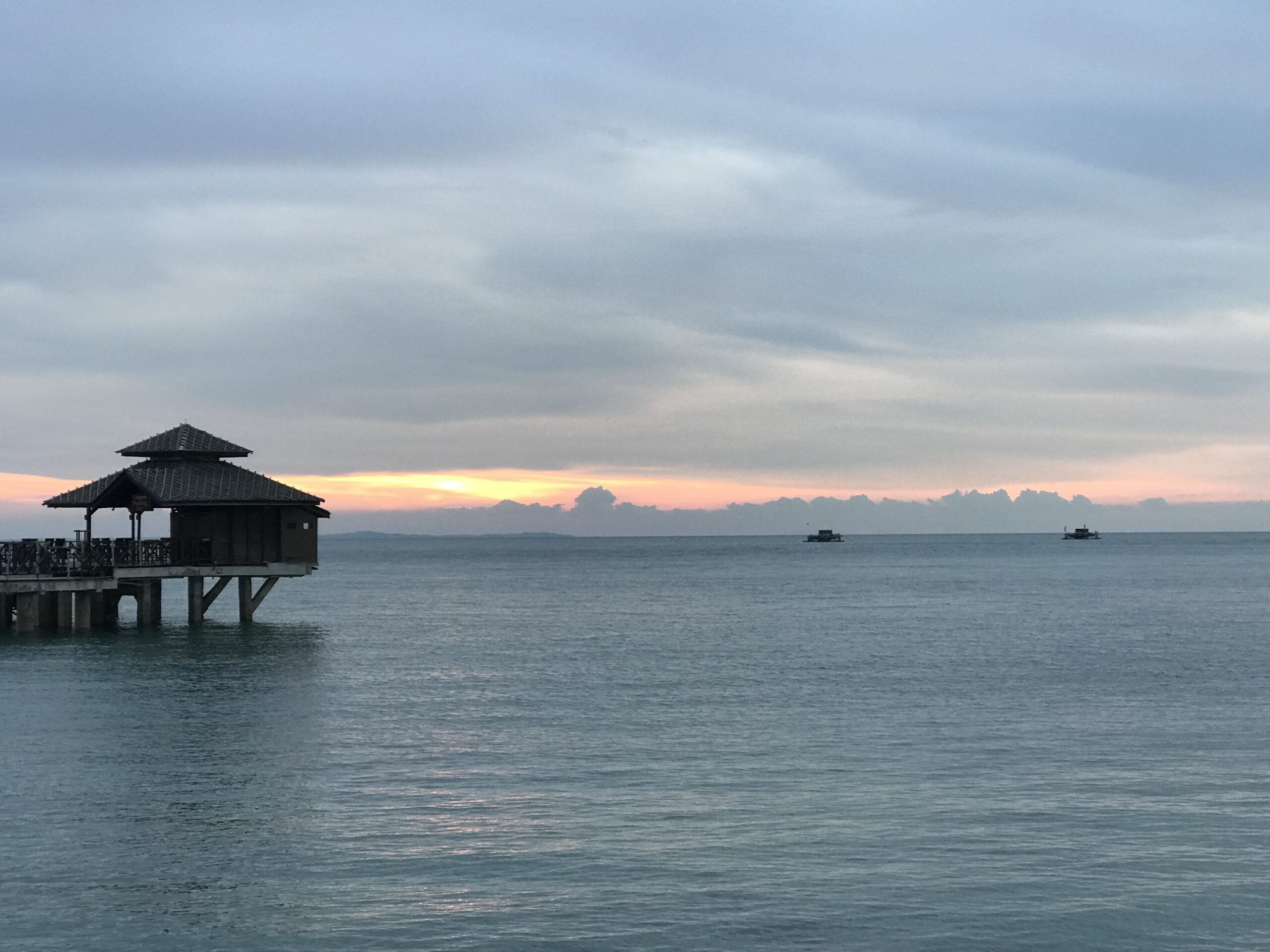
Sunset on the beautiful Indonesian island of Bintan 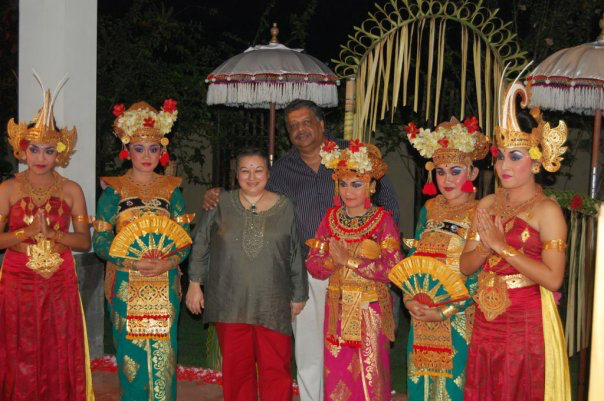
The author celebrates her birthday with her husband and Balinese dancers in Ubud, Bali 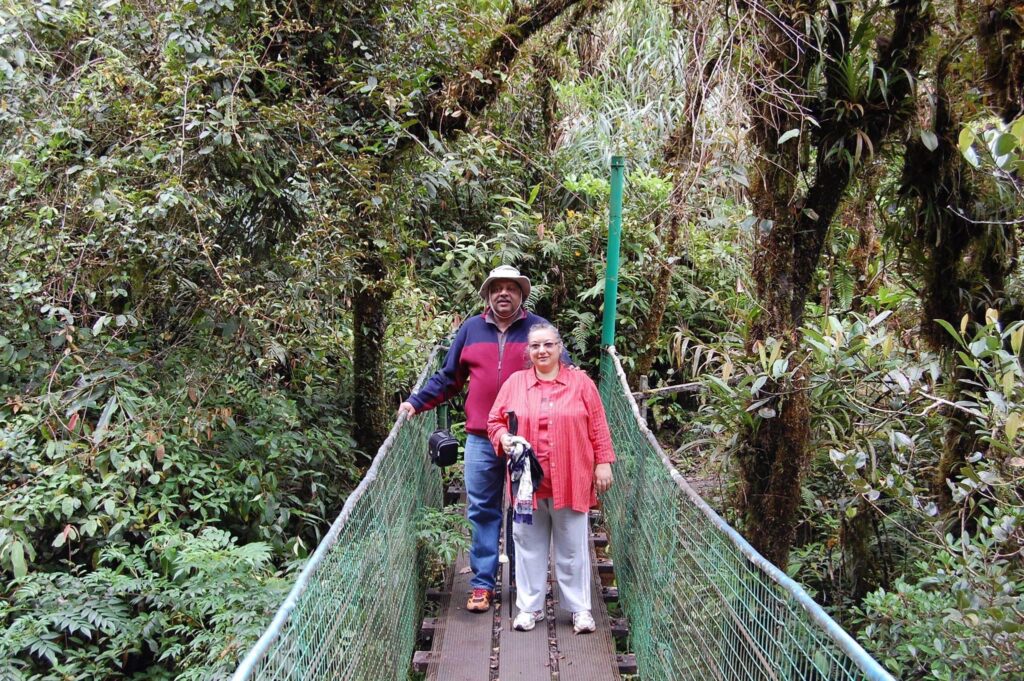
The author trekking with her husband in the Sabah rainforest, on Borneo island
Perhaps the most telling conversation I had about this syncretic culture, so accepting of the past, was at an informal dinner party with some friends. One of them, who had recently returned from his second Haj (pilgrimage) talked to me at length about stories from what until that point I had considered the two Hindu epics. When I could no longer contain my curiosity, I asked him how, as a Muslim, he knew so much about these epics. For a moment, he looked disconcerted. Then he said: “Islam is my religion; this is my culture.”
In both Indonesia and the Philippines I learnt how to calmly and pleasantly resolve disagreements. I understood that you don’t have to raise your voice to be firm, to express a contrary opinion, or even to complain about something. Filipinos are known as a people who always smile, no matter how difficult the situation. Despite high levels of poverty, one does indeed see a lot of smiles. For some reason, Filipinos are also the most amazing singers – part of the same happy attitude to life, perhaps.
Unfortunately, there is a strong gun culture too. When I started working in a full-time job in Manila, I was astonished to see a sign at the entrance to my office building which said: “No guns beyond this point.” I wondered who would ever go to work with a gun.
Singapore, too, has its own unique culture, formed by its four local communities – Chinese, Indian, Malay and Eurasian – and their interaction with a huge proportion of foreign residents. Singapore’s uniqueness lies perhaps in this mix of influences. It is a city of migrants, whether old or new, plus a floating population of expatriates. Indian expats are an ever-increasing part of this mix. The locals make a distinction between “Singaporean Indians” and “Indians from India.” As a Singaporean national born in India, I have a foot in both camps!
I think perhaps my nomadic life – which I have enjoyed thoroughly – may be behind me; but I do look forward to a return of travel. My first trip will be to India, to visit family and friends, and touch base with my “first home.”
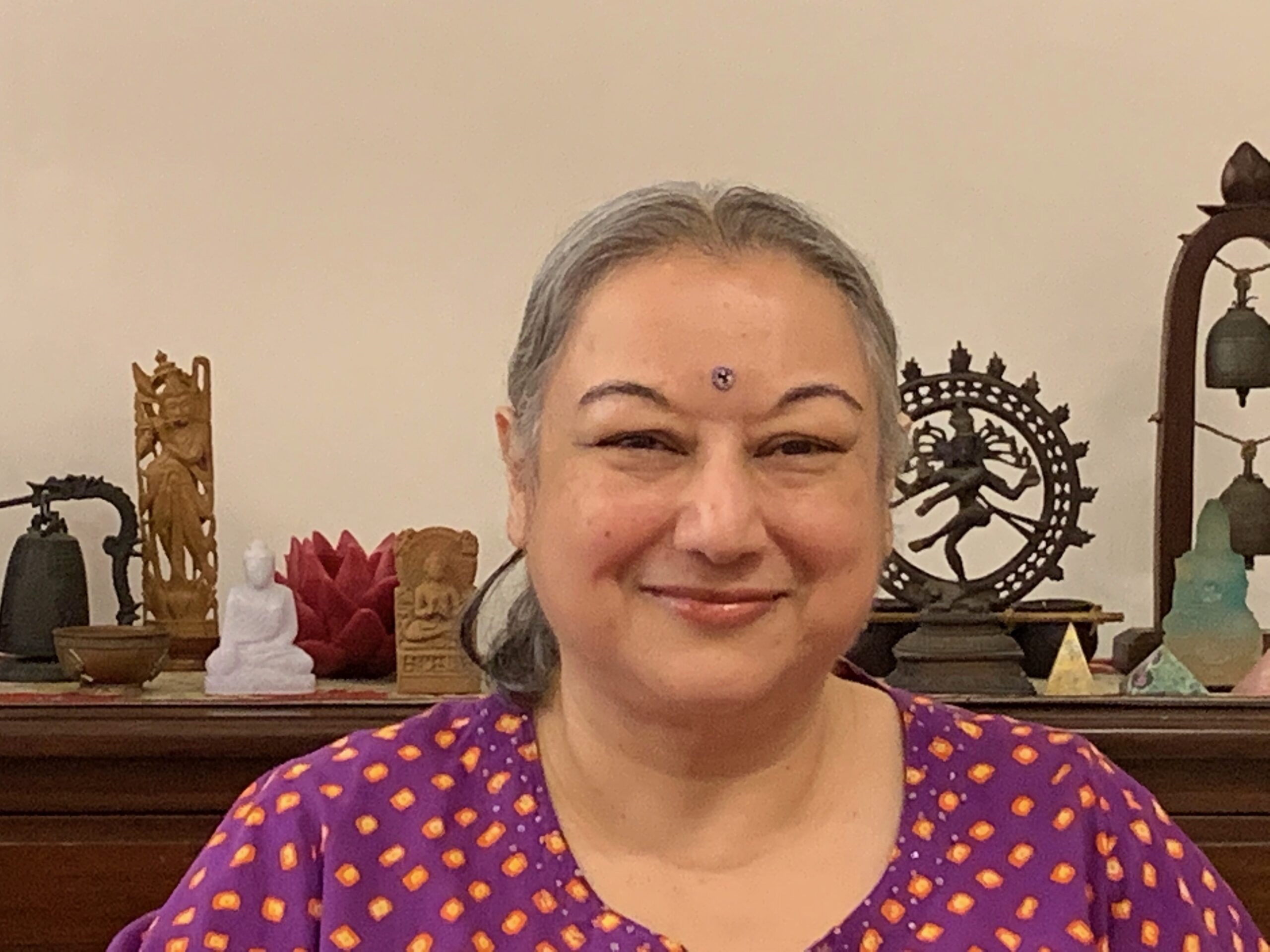
Pamposh Dhar is founder of Terataii, a Singapore-based company that offers counselling, coaching,
Reiki healing and meditation. She started her career as a journalist and still loves to write.



